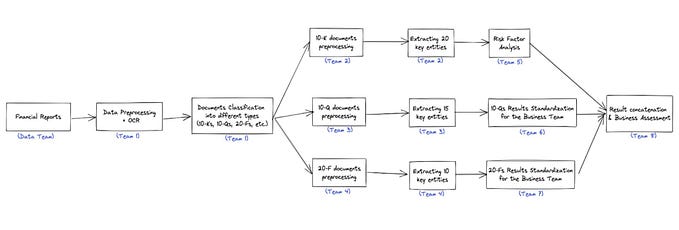“All media are extensions of some human faculty — psychic or physical.”
The Medium is The Message, Marshall McLuhan
In college, I took a Media and Communications course on American media. In that course, I read Marshall McLuhan’s Understanding Media: The Extensions of Man. It was the advent on the internet age and the dot-com boom. Facebook had just launched and was only available to college students in the Boston area. No one really used Facebook other than for networking amongst other college students. Instead, students were blogging and posting photos and stories on other platforms. And AOL Instant Messaging (AIM) was still a thing. (Yes, I am dating myself because this was the early 2000s.)
At that time, I didn’t really think much about the implication of new technologies like the internet and cell phones to the future and how it was changing society. But that all changed with Marshall McLuhan’s book. It was published in 1964 and posed a very mind-blowing concepts for a college student. In his book, he spoke to what was currently going on. He spoke about the telegraph being the first wireless form of communication. (This was before Wi-Fi was ubiquitously available as today).
To explain the effect of media and technology on society, he used the lightbulb to illustrate his point. Light bulbs create the physical output of light; but, even more so, creates spaces for people they wouldn’t have otherwise. With the Internet age, smart phones, social media, and digital products (applications), we have now have digital platforms for live interaction worldwide.
McLuhan proposed that media was an extension of human faculty. I would propose that digital products are the same. A great product will fit seamlessly into a user’s life and become an extension to the user — it will not only be functional but also a part of their emotional experience. For example, social media is utilized not just for its content but for its enjoyment, loves, and even dislikes. Same goes for games, learning apps, music apps, and more. This digital experience takes place of a physical one and pulls the user into a journey of discovery, enjoyment, and sharing.
Good digital products may be helpful. But great digital products will go further and provide an extension to the human experience. A great app that I have always loved to use especially in its nascent stages is Yelp. There are so many great restaurants in New York (my hometown — whoot, whoot!) and Boston. There was the Zagat review but it was by restaurant critics and in magazine form. Yelp provided a way to search by area and user-generated reviews with photos and tips of what people liked. (Now it’s been spruced up with different marketing ploys and bots. So not all reviews are necessarily reliable. But at some time, it was very much the everyday person.)
Yelp provided this digital experience of dining at these restaurants. You can determine the look and feel through photos, what dishes are the best and others not so much, etc. “What you do want to eat for brunch/lunch/dinner?” has been followed up by “Wait, let me look through Yelp.” This app has become an extension of our decision-making for what food to eat.
It’s interesting that when a digital product has become mainstream, it becomes a part of our language, such as Uber (“Let me call an Uber” — replacing the word “cab”), Instagram (“Living for the Gram”), Facebook (“I don’t know if we’re really friends because we’re not Facebook friends yet”), etc. So I would like to conclude that an innovative or attractive product is not what makes it great; but instead, it is the product that is an extension to the human experience. It will not replace physical interaction but will recreate a digital augmentation to broaden it.




